A bull, made of a metallic alloy where copper predominates, is one of the featured pieces in a showcase in the exhibition “Stories that the river brings us”, which opened on Saturday, February 24th, at the Portimão Museum. It is an ex-voto, from the Iron Age, around 2500 years old.
The beautiful archaeological piece, which is one of the most original in the Museum's permanent exhibition, was discovered in 2000, by José Sousa, «on that sandy beach in Ferragudo, at the foot of Forte São João».
«Many of the pieces that are here came from that dune», recalls the finder, in an interview with Sul Informação.
José Sousa, a surveyor by profession, is one of the founders of the Associação Projecto IPSIIS, created in 2001 and which brings together a group of people who have specific authorization to use metal detectors in the dredged deposits of the Arade River and the Alvor Ria, under the guardianship of the Portimão Museum.
«I started collecting pieces, right from the dredging in 1982 or 1983, on an individual level. At the time, there was the Museum Installation Committee, which had facilities there on the high school avenue, and took pieces it found there. There was already this connection to the Museum», recalls José Sousa.
But there were many more people who dedicated themselves to examining the dunes created by deposits from dredging carried out on the Arade River and the destination they gave to what they found – materials made of wood, ceramics and metal, such as coins – “was not exactly a museum”, as he recalled. , at the opening of the exhibition, José Gameiro, now scientific director of the Portimão Museum, and, since the 80s, founding member of its Installation Committee.
«Later, when the law banning metal detectors came out, we formed the IPSIIS group, in collaboration with Francisco Alves [underwater archaeologist, who was the first director of the National Center for Nautical and Underwater Archeology – CNANS], in which Alberto Machado also joined, and all these people who collaborated in the group», continues to recall José Sousa.
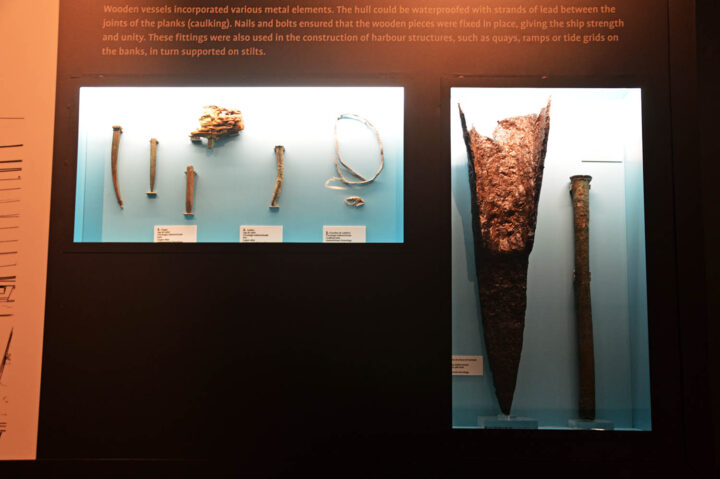
In 2001, «a completely unprecedented process began, within the framework of Portuguese Archeology, through a cooperation protocol between CNANS, a group of people from the Portimão volunteer community, led by José Sousa, Paulo Viegas and Eurico Cardoso, who were later joined by other elements, called the IPSIIS Project», explained, for his part, José Gameiro.
But “our modus operandi It was not in agreement with the guardianship [the then General Directorate of Cultural Heritage]. There would have to be scientific supervision of another kind», says José Sousa.
And then, in 2014, an innovative research project began, also a pioneer at national level, entitled “DETDA – Prospecting with metal detectors in the dredged deposits of the Arade River and the Alvor Ria”, which institutionally brings together IPSIIS with the Museum of Portimão, «giving a framework and scientific legitimacy to the activities to be developed», as explained by Vera Freitas, one of those responsible for the project.
The Portimão Museum now becomes a «place of delivery, reception, of the entire estate», collected by the detectors of the IPSIIS group, «since, before, the estate was in the possession of those who found it and who were its faithful custodians", highlighted José Gameiro.
With this project, the Associação Projecto IPSIIS became «the only group authorized, at country level, to develop prospecting activities with metal detectors», the scientific director also highlighted.
And, after so many years since the last dredging, Arade still continues to reveal secrets? Parts still appear?
"Yes. Although in less quantity, they continue to appear. Especially after a greater agitation of the sea, a storm», reveals José Sousa.
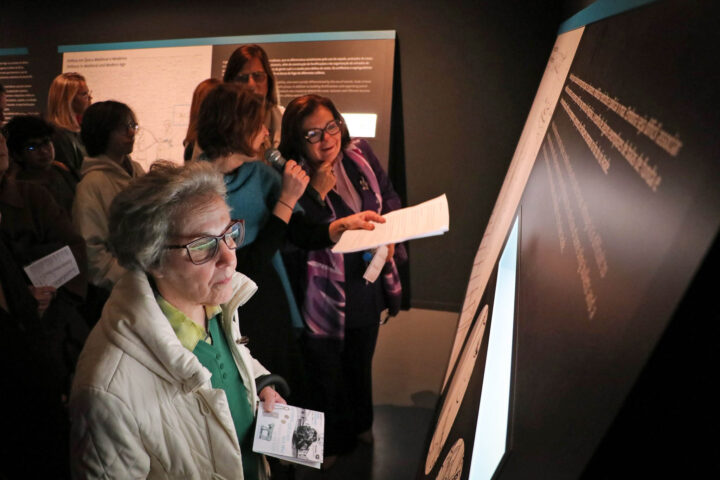
Even before the opening of the exhibition “Stories that the river brings us”, which pays tribute to this group of archaeological prospectors, showing pieces that are, in some cases, unpublished for the general public, José Gameiro recalled the figure of another of the members founders of IPSIIS, Frank Reinhardt, who passed away in November 2021. José Sousa, who was his friend and prospecting companion, told Sul Informação I really enjoyed the tribute.
«Our friend Frank was a great, great collaborator of the group. At a time when we were not so available, even for professional reasons, he was always willing. Whenever there was work, more dredging, he went there to see, monitor it. It was a huge loss, not only on a personal level, but also on a group level. Frank's widow was there and she also really liked that he was remembered”.
Isabel Soares, archaeologist and current director of the Portimão Museum, speaking to our newspaper, recalls that «a good part of the collection was collected by him, because it was one of those that was most available».
In fact, he added, José Sousa and Frank Reinhardt are not simple people equipped with a metal detector, trusting in their good luck to discover interesting pieces. «José Sousa and Frank are very knowledgeable about the materials they collected, namely coins and lead seals. They have knowledge that few people have. They are amateurs – or they were, in Frank's case – but they investigate and care about safeguarding heritage».
José Gameiro, scientific director of the Museum, added, in statements to Sul Informação, that «this exhibition is a long overdue tribute to this group of people who constituted IPSIIS».
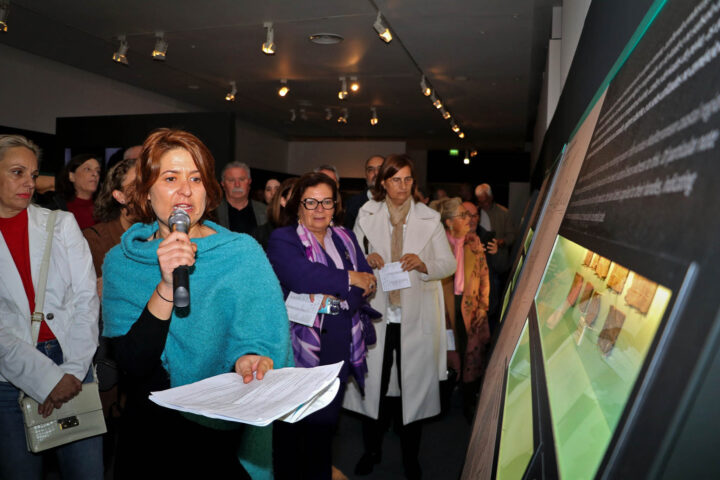
The temporary exhibition, which can be seen until November 3rd, has the support of the Portuguese Museum Network, following an application to ProMuseus – Museum Support Program, which allocated 42.118,40 euros for this purpose.
Of all the projects approved by ProMuseus at national level, this “will be the first to be executed”, announced José Gameiro.
«We are on the right path and it is a good example. We are the first ProMuseus project to be presented. Very good! In fact, from this old canning factory, we have become, as a museum, a continuous factory of stories. And this is just another story we are going to tell. But be careful, this one has a particular specificity, it has innovative characteristics, because it is, in essence, part of that very rich archive that is our nautical and underwater heritage, guarded by the Arade River. And, it is necessary to know, investigate and value».
Divided into five sections, the exhibition presents just some of the most emblematic metal pieces discovered by IPSIIS members over approximately four decades. Each piece is also shown in its context, by very well designed illustrations (by Pedro Mota Teixeira and Sara Bairinhas, from Spiceship Studios), which facilitate understanding. There are coins, a maritime compass, buckles, seals, net weights, decorative objects, bullets, utensils of life on board ships or on the banks of the river, objects linked to the sacred.
All traces of a past, sometimes millennia old, which demonstrate that Arade has always been a route between the coast and the interior of the Algarve. Portimão, in fact, grew in close connection with the sheltered port that its estuary offers.
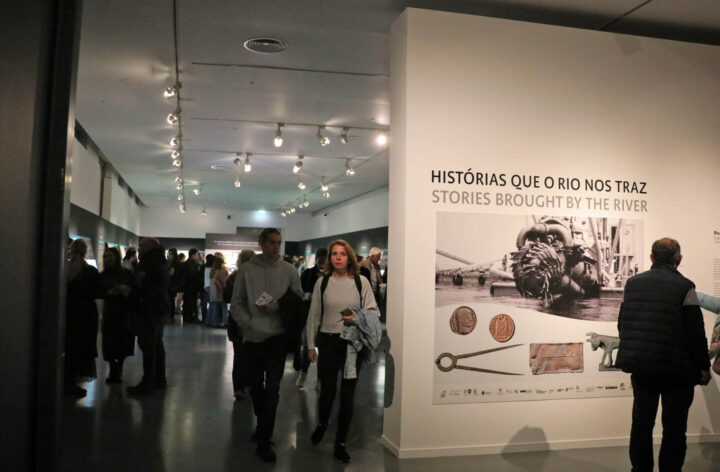
The silting of the river – and the works that have since been carried out in its estuary, such as the construction of the marina – «made extensive dredging inevitable», recalls the Museum in the brochure supporting the exhibition. Another dredging operation is now planned to widen the navigation channel and the rotation basin, in order to allow larger cruise ships to enter the port of Portimão.
Dredging removes huge amounts of silt and sand from the bottom of the river, which is then deposited on the beaches. «With these hitherto submerged sediments, numerous objects also came torn from their original context, from prehistory to the present day», adds the leaflet.
And this has been, precisely, the raw material of the work of the members of the IPSIIS Project Association.
The exhibition also offers a game to its visitors. Right in the entrance hall, there is a screen with a quiz which shows some of the pieces “whose function is difficult to understand” and challenges players to guess what they were for. If they don't get it right, there's no problem, because visiting the exhibition will answer all the questions.
The executive committee of the exhibition “Stories that the river brings us” is made up of the scientific director of the José Gameiro Museum, and the directors of the DETDA project, Vera Teixeira de Freitas and Isabel Soares.
Due to the supervisory monitoring of the research project, as well as the knowledge they have about the transversal history of the Arade River, researchers from various entities, namely Cristóvão Fonseca (General Directorate of Cultural Heritage/National Center of Archeology) participate in the exhibition as scientific commissioners Nautical and Underwater), Frederico Tatá Regala (Culture Unit of the Algarve Regional Coordination and Development Commission), Carlos Pereira (Complutense University of Madrid), Pedro Barros (Archaeology Center of the Faculty of Arts of the University of Lisbon – UNIARQ), Rui Parreira (Group of Friends of the Portimão Museum), as well as André Teixeira, (Humanities Center of the Faculty of Social and Human Sciences of the Universidade Nova de Lisboa).
Photos: Elisabete Rodrigues | Sul Informação and Portimão City Council
What is the DETDA project?
The central objective of the project “DETDA – Prospecting with metal detectors in the dredged deposits of the Arade River and the Ria de Alvor” is to ensure the resumption of prospecting work for decontextualized assets in the dredged deposits of the Arade River and the Alvor Ria, using metal detectors for this purpose. This activity allows the safeguarding of assets that would otherwise be irretrievably lost.
The prospecting work on the ground with metal detectors is carried out on a voluntary basis by members of the IPSIIS Project Association, and the intervention directors – Vera Teixeira and Isabel Soares – are responsible for supervising and scientifically framing the prospecting actions and the collection of the spoils, their conservation and restoration, research and dissemination.
The provisions that frame these activities are defined in a protocol signed between the Portimão Museum and the IPSIIS Project Association, developed with the collaboration of the former General Directorate of Cultural Heritage (DGPC) and the Algarve Regional Directorate of Culture.
The protocol aims to provide an institutional and scientific framework for prospecting activities with metal detectors and the collection of decontextualized archaeological assets in delimited areas, as well as the production of scientific knowledge about these assets.
The protocol follows the collaboration agreement established in 2000, which was in force until 2011, between the National Center for Nautical and Underwater Archeology of the Portuguese Institute of Archeology and a group of citizens (IPSIIS Project).
The DGPC requested that the Portimão Museum become institutionally associated with the IPSIIS Project Association, providing a framework and scientific legitimacy for the activities to be developed, and thus in 2014 the DETDA project was born.
All goods collected within the scope of DETDA are deposited at the Museum within 48 hours of their discovery, and activities take place in areas of the Maritime Public Domain corresponding to beaches and dredged deposits, namely the Alvor dredged deposit, Praia de Alvor, Praia da Torralta (Alvor), Praia dos Três Irmãos (Alvor), Prainha (Alvor), Praia do Alemão (Portimão), Praia do Vau (Portimão), Praia dos Careanos (Portimão), Praia do Branquinho (Portimão) , Praia da Rocha (Portimão), dredged deposit of Portimão, dredged deposit of Ferragudo, Praia da Angrinha (Lagoa), Praia Grande (Lagoa), Praia do Molhe (Lagoa), Praia do Pintadinho (Lagoa), Praia dos Caneiros (Lagoon).
Members of the IPSIIS Group Association collaborate in the development of work on a voluntary basis and without fees.
This project has no other sources of financing, other than the resources and logistics provided by the Portimão Museum.
The work methodology was established by members of the Projecto Ipsiis Association, in conjunction with the DGPC, the Museum and DRC Algarve.
The knowledge and experience regarding recording techniques and prospecting methods, carried out in previous years, contributed significantly to the methodological choice.
All materials, duly georeferenced, were collected and deposited at the Portimão Museum, with the exception of materials that do not have historical-archaeological value due to their contemporary nature.
It should be noted that all materials are delivered without any type of intervention, giving the Portimão Museum the duty to conserve and restore them.
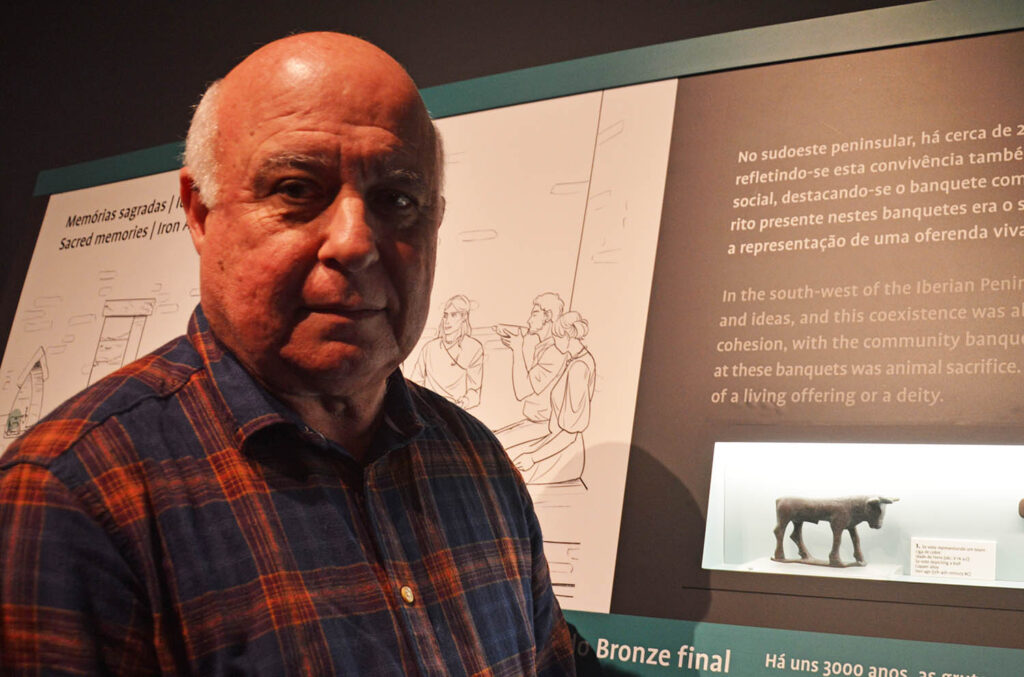
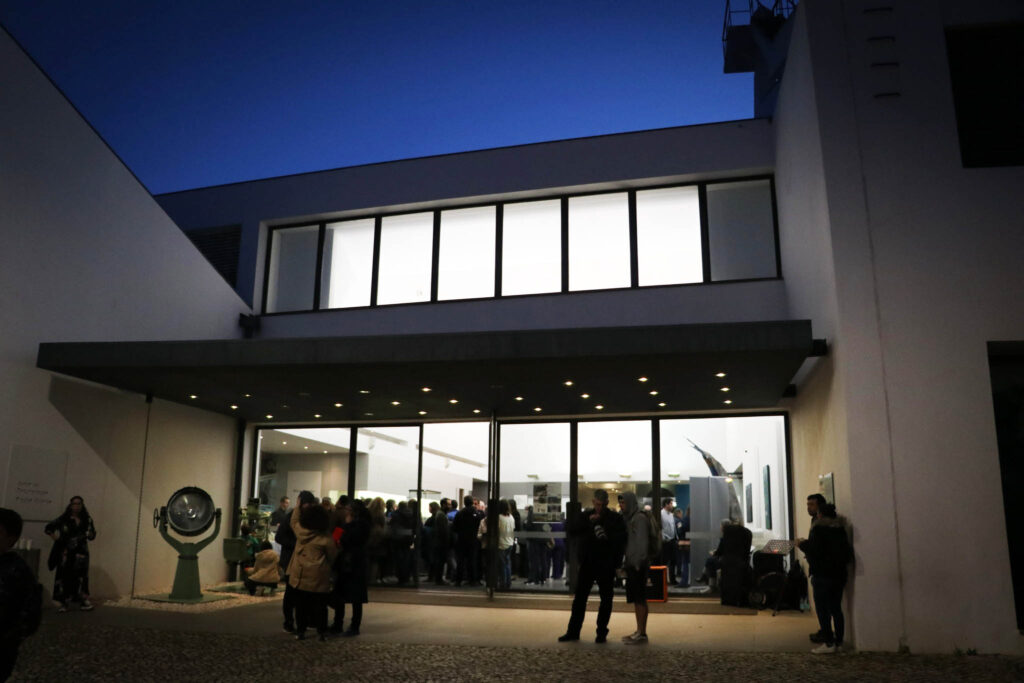
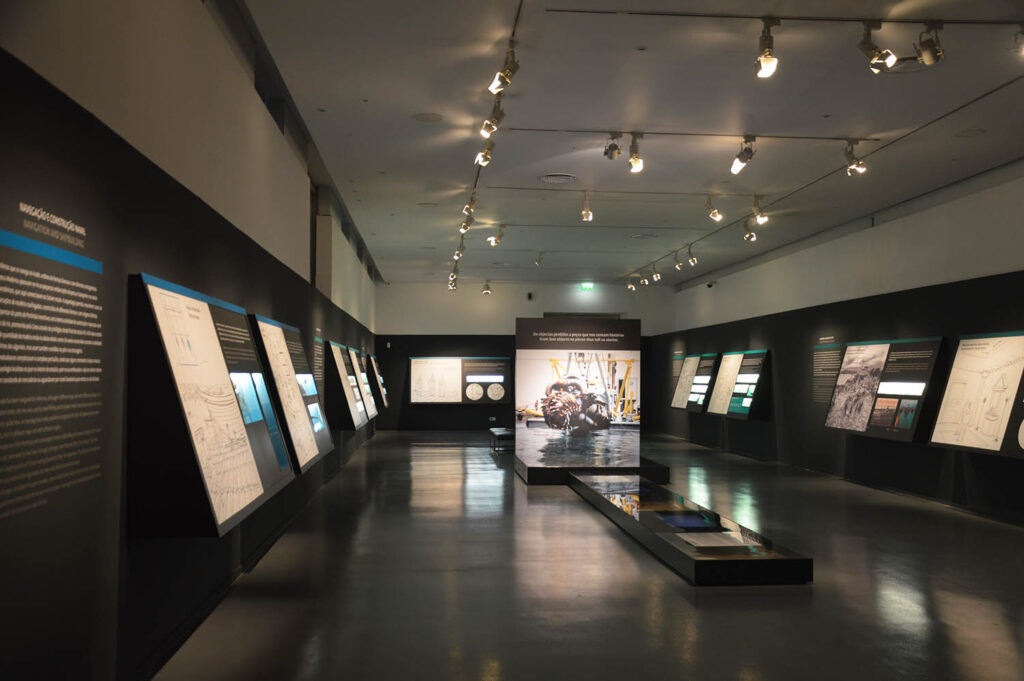
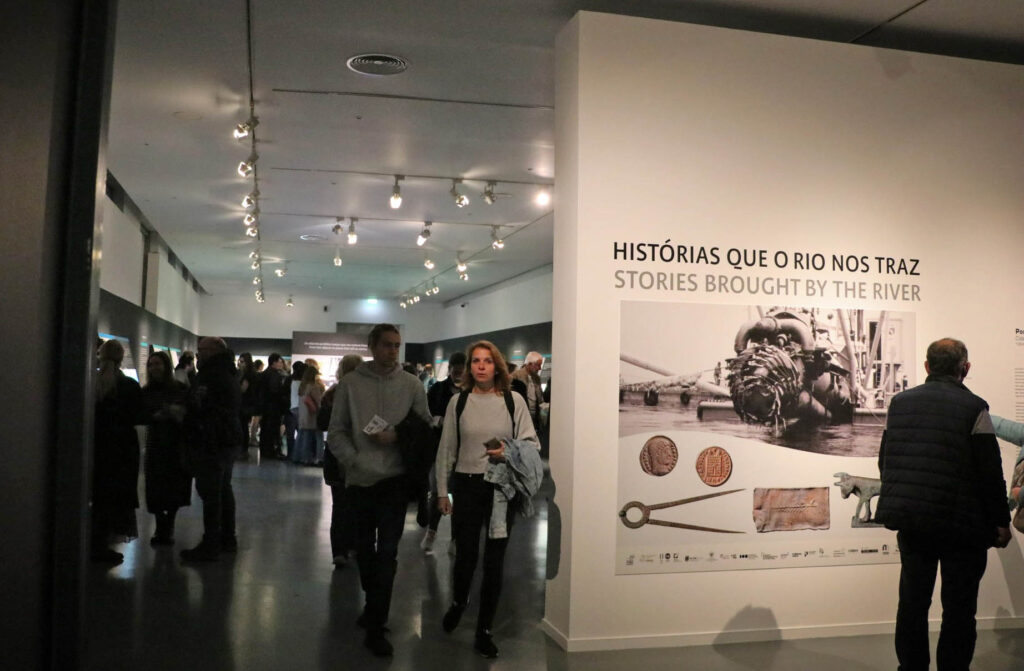
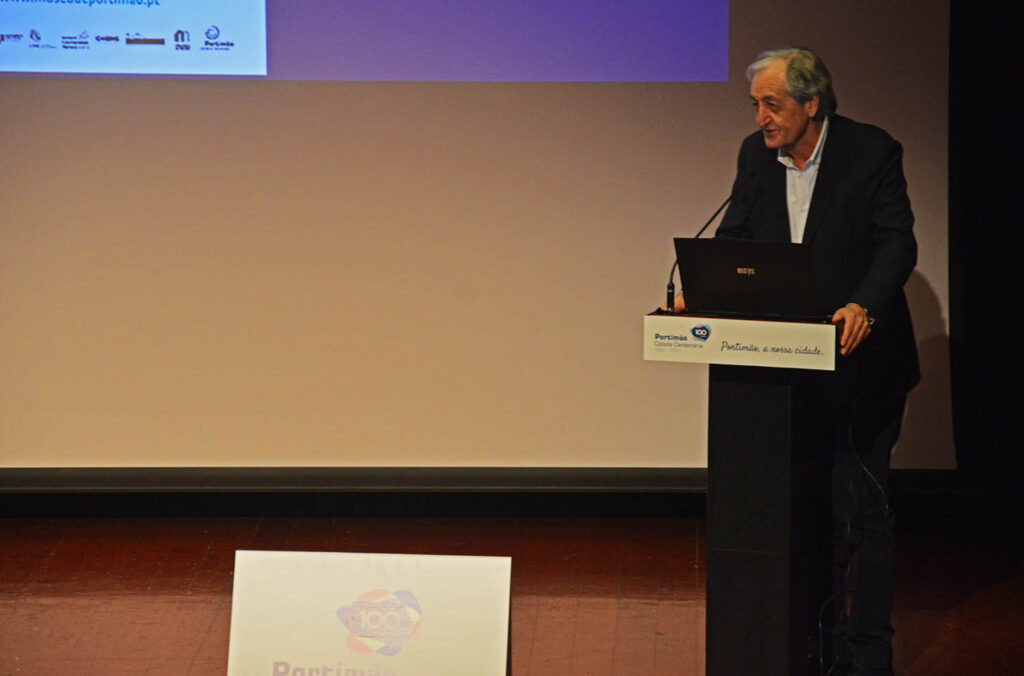
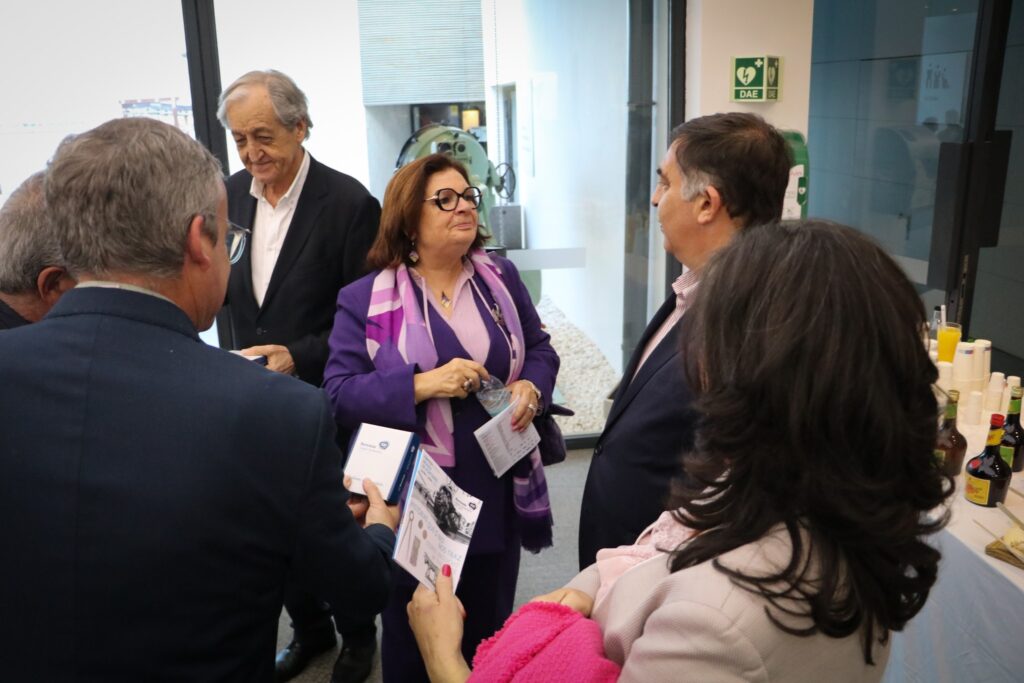
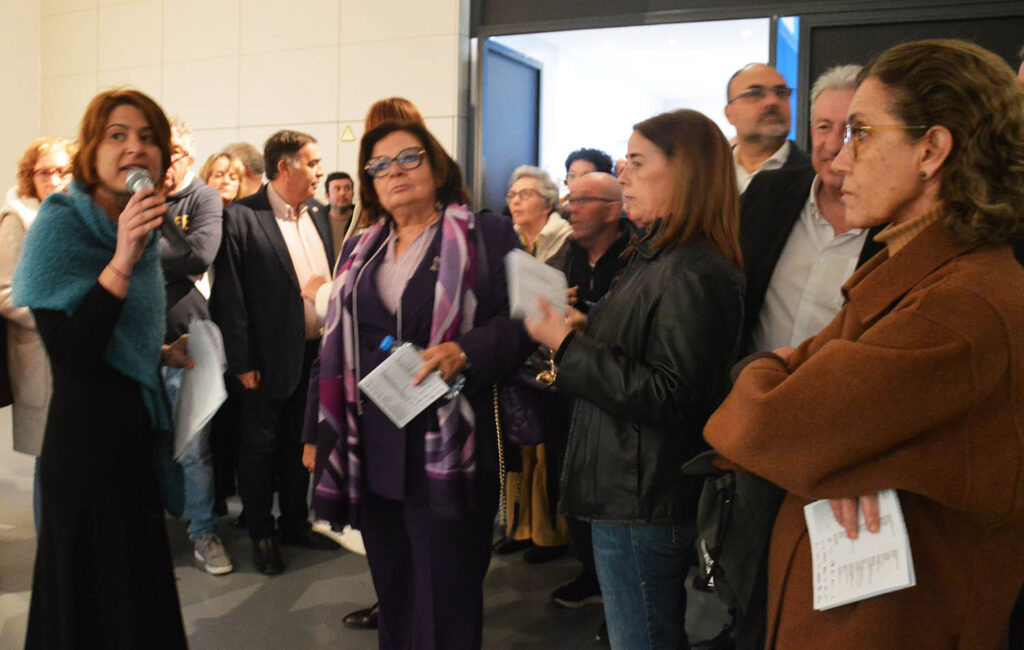
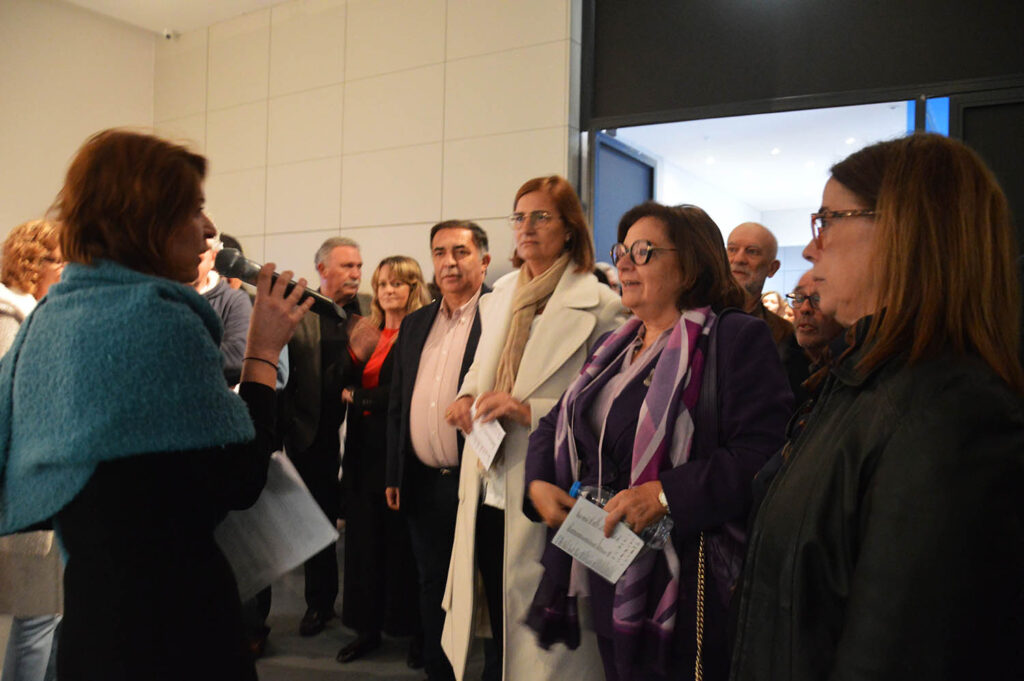
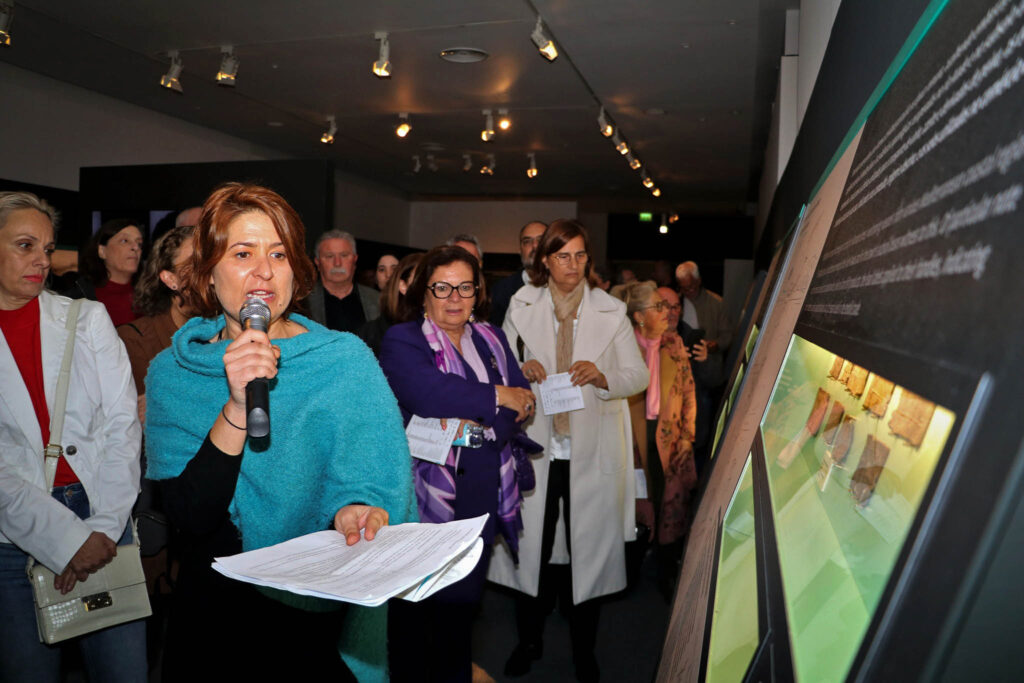
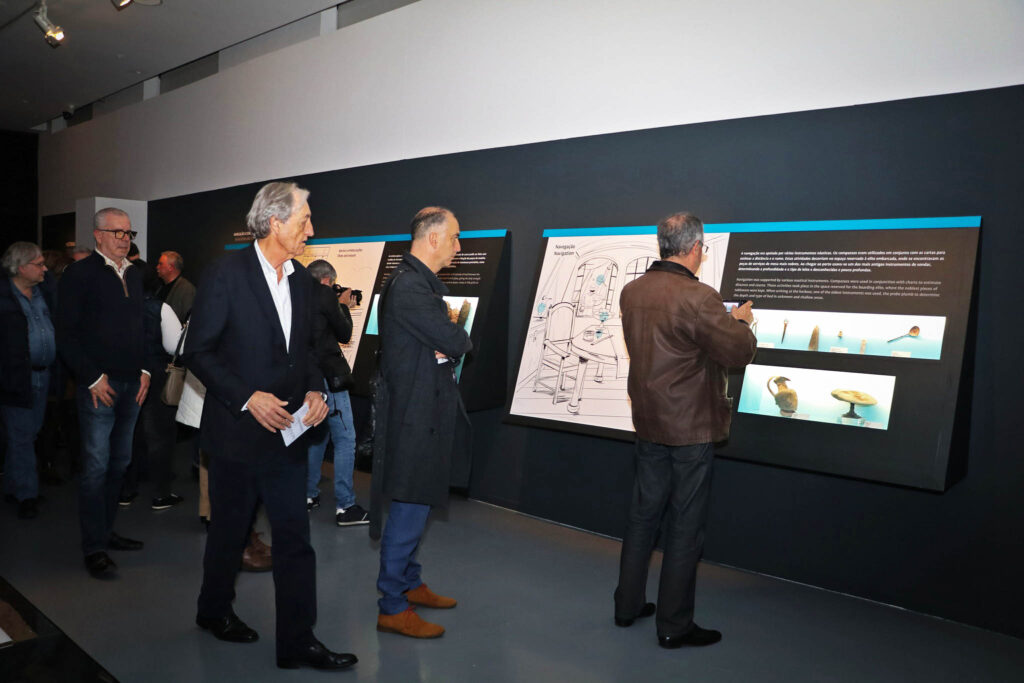
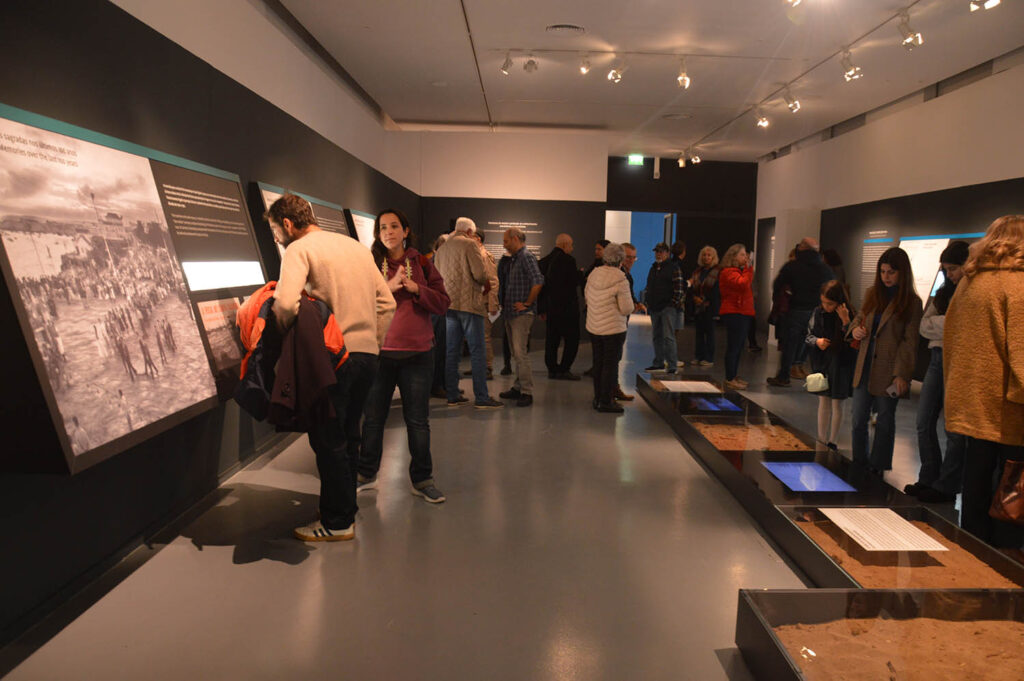
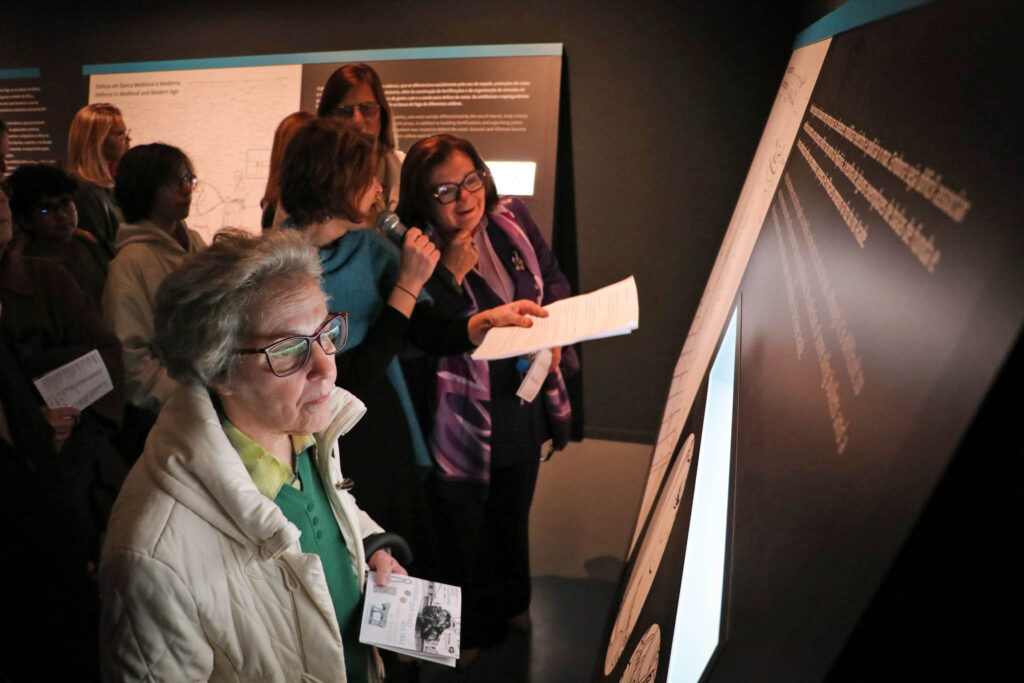
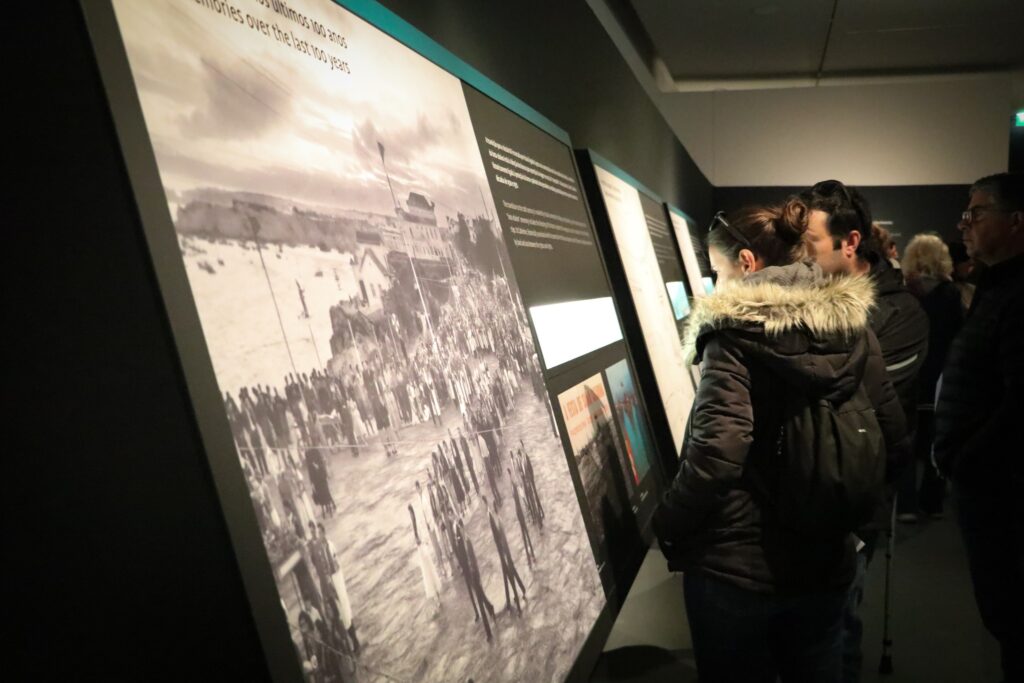
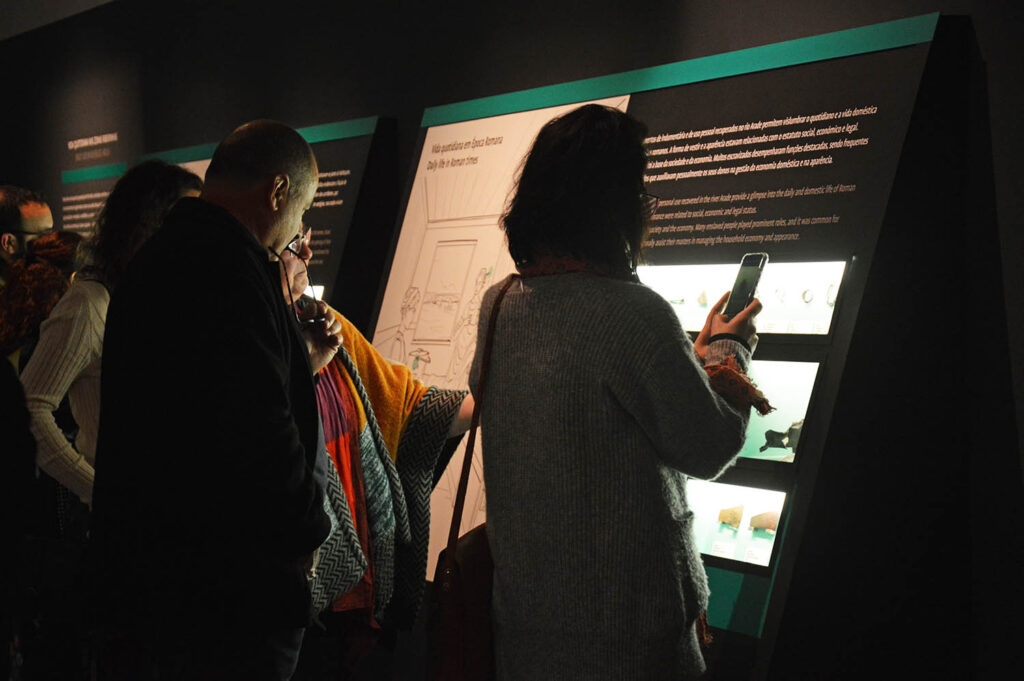
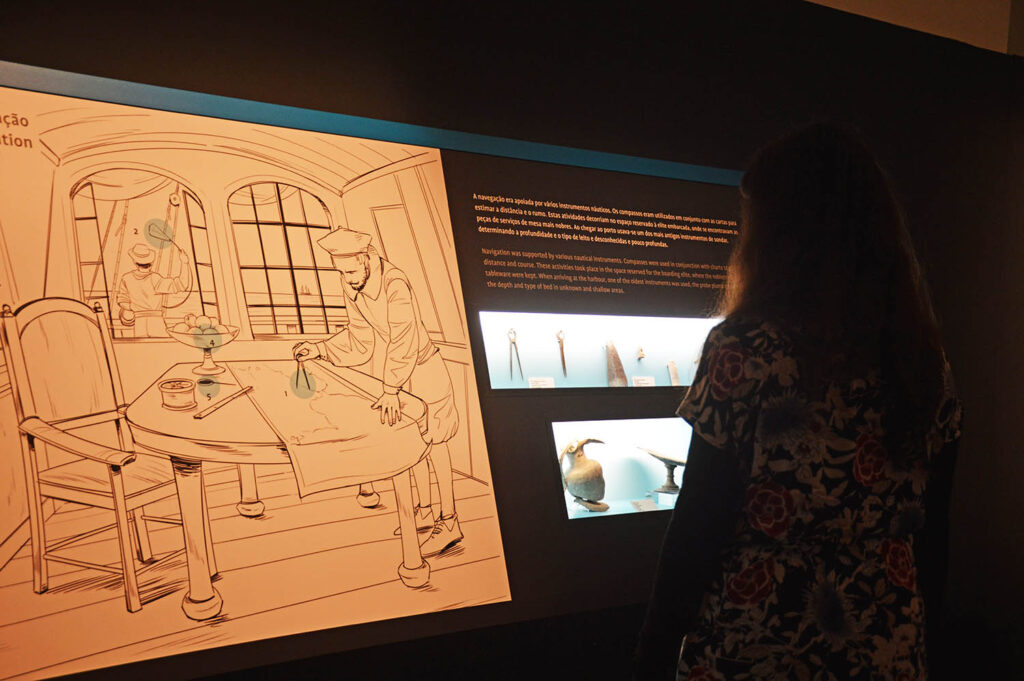
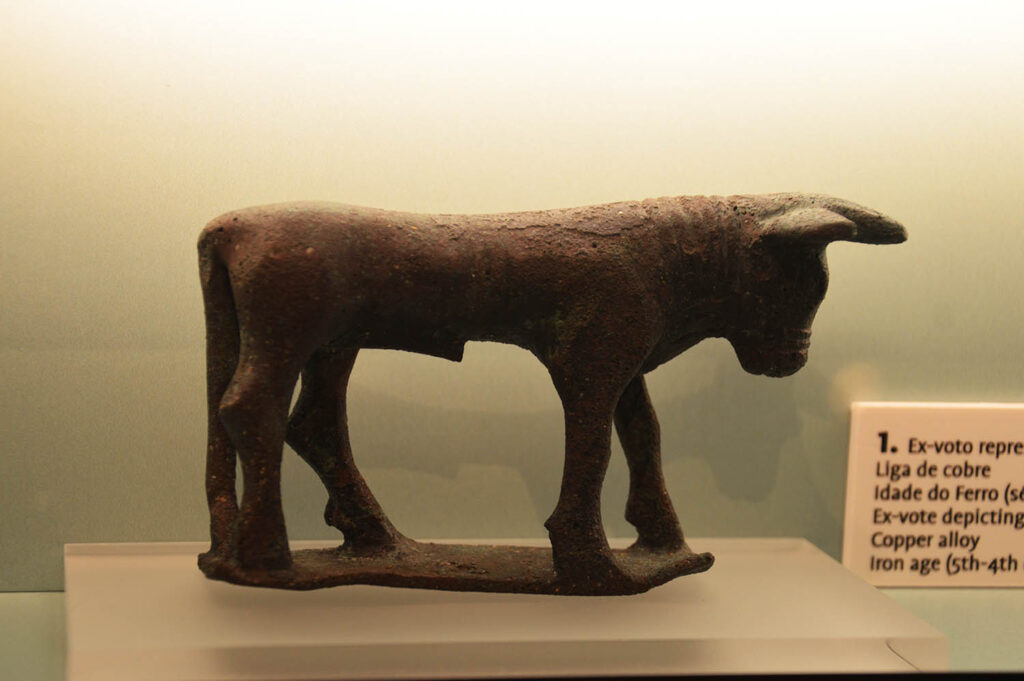
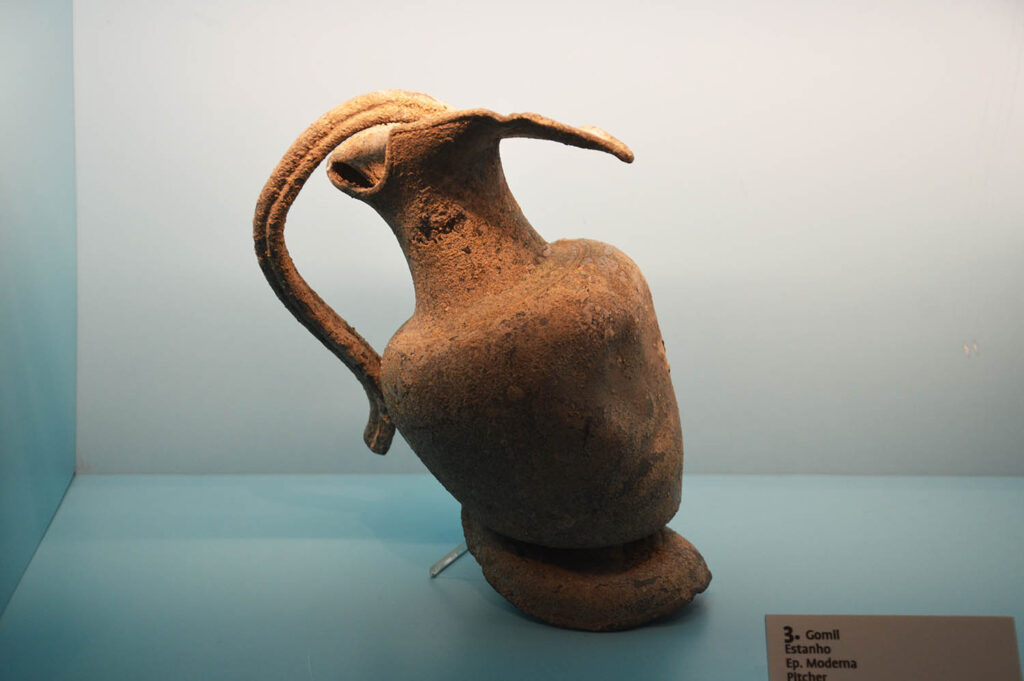
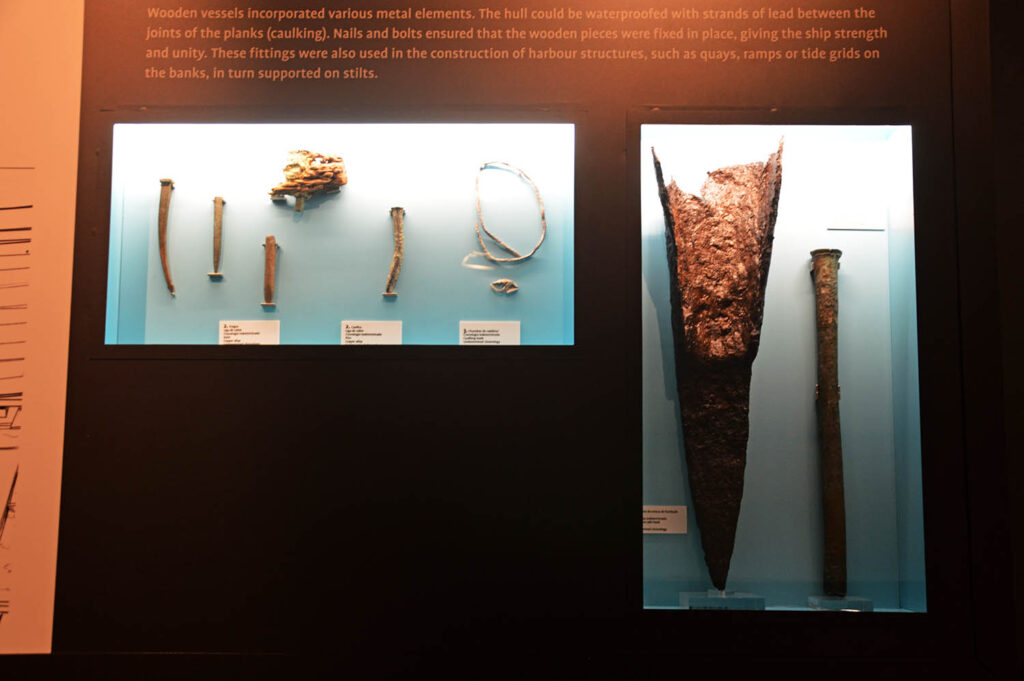

















Comments